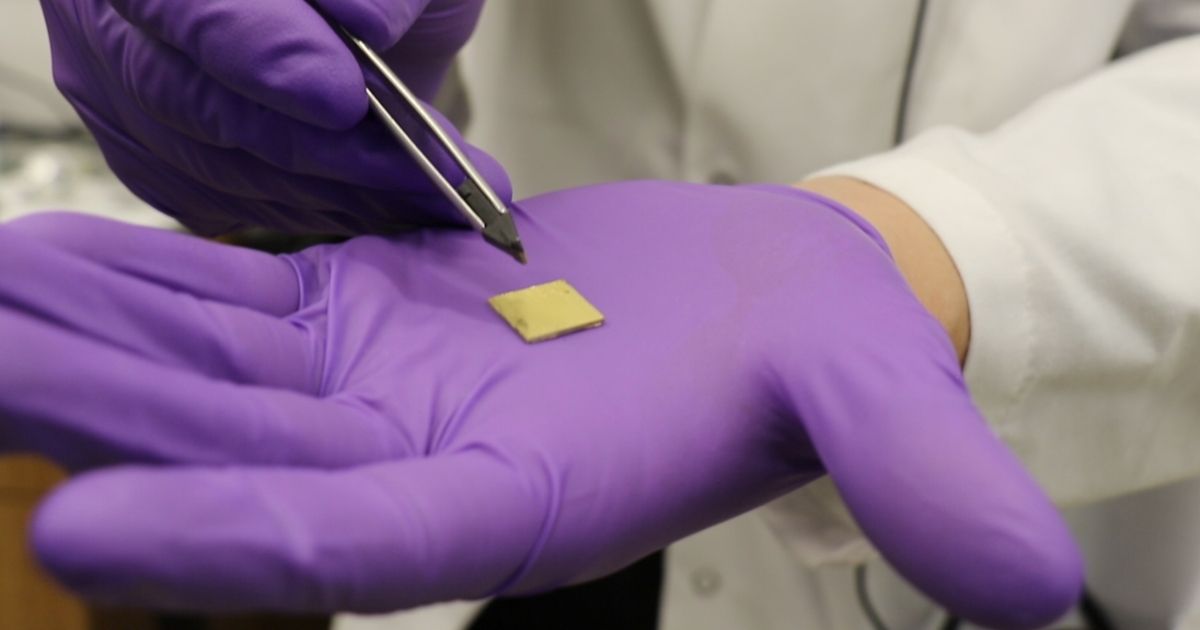April 21, 2018 at 06:32AM
via IEEE Spectrum Recent Content

Making biochips, a key technology in studying disease, just got a little easier. This new nanoprinting process uses gold-plated pyramids, an LED light, and photochemical reactions to print more organic material on the surface of one single biochip than ever before.
The technique uses an array of polymer pyramids that are covered in gold and mounted onto an atomic force microscope. These arrays, which are one square centimeter in size, contain thousands of tiny pyramids with holes that allow light through, and make sure that the light goes only to specific places on the surface of a chip below, immobilizing delicate organic reagants on the chip’s surface without damaging them.
Processes like this, known as tip-based lithography, are widely considered to be the best way to 3D print organic material with nanoscale feature resolution. But in the past, they were limited by the fact that they could only print one kind of molecule at a time.
Now researchers at the City University of New York’s Advanced Science Research Center (ASRC) and Hunter College think they have solved that problem.
They’re using microfluidics, the manipulation of fluids on a molecular level, to expose each biochip to the desired combination of chemicals. Then, they use photochemistry to shine light through the apertures in the pyramids. As the light reacts with the molecules, it adheres them to the chip.
With typical tip-based lithography systems, the light can overpower the chip, destroying some molecules. But the CUNY research team uses beam-pen lithography, where the light is confined and channeled through small apexes. This allows the team to control the light and protect the organic materials that they have already printed on the biochip.
Adam Braunschweig, the lead researcher and an associate professor with the ASRC’s Nanoscience Initiative and Hunter College’s Department of Chemistry, says this method of 3D printing biochips will help scientists understand cells and biological pathways. That’s because this technology should make it easier and more efficient to study disease development and solve other biological puzzles, such as detecting bioterrorism agents.